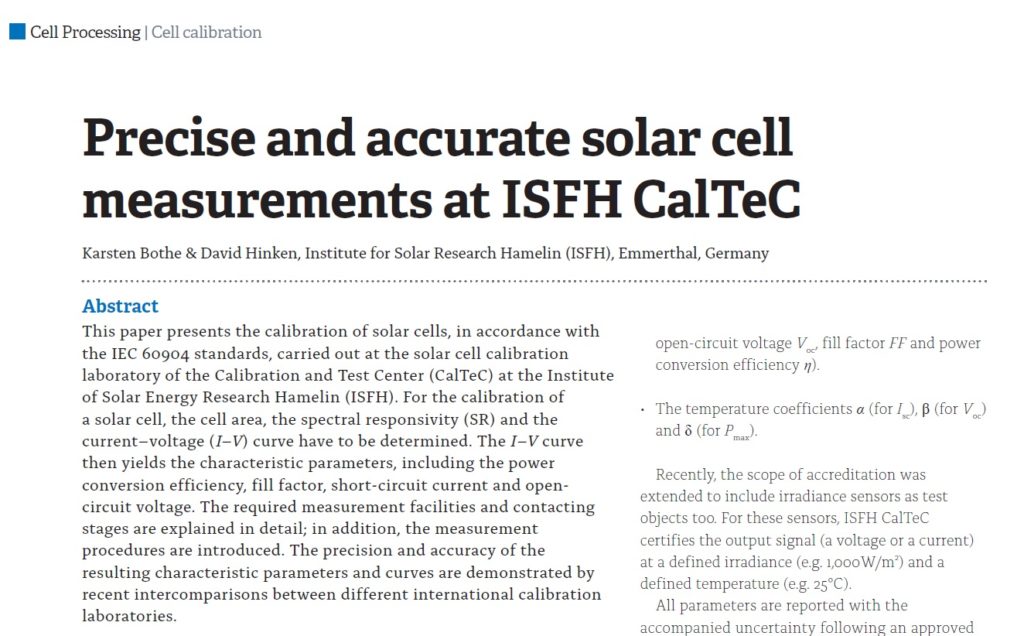

Do you believe these concerns are still justified?

In particular, HJT cells are susceptible to light-induced degradation (LID) and light and elevated temperature-induced degradation (LETID). There are concerns about degradation mechanisms that could affect the long-term performance of such cells in the field. Sylvère Leu: They will be particularly cheaper in terms of investment, surface, and energy consumption. Additionally, HJT module fabrication plants will become even cheaper, as more and more plants with HJT technology are built. But if you start from scratch, then it can be advantageous to build an HJT plant, because electricity produced by PV installations equipped with HJT panels will be cheaper. The main problem with HJT technology is that if you already have a traditional plant running on PERC modules, then changing that plant into an HJT plant does not make economic sense. Do you think the advantages of HJT cells now outweigh the challenges still facing this technology?Īrvind Shah: Yes, they have more than offset the challenges. Shah, in “ Solar Cells and Modules ,” recently published by Springer, you devote an entire chapter to the pros and cons of heterojunction (HJT) solar. Clean Power Research: Solar data solutions to maximize PV project performance.Energy Storage North America Special 2018.The smarter E Europe 2019 special edition.Market overview: Microgrid control systems.Market overview: Large-scale storage systems.


 0 kommentar(er)
0 kommentar(er)
